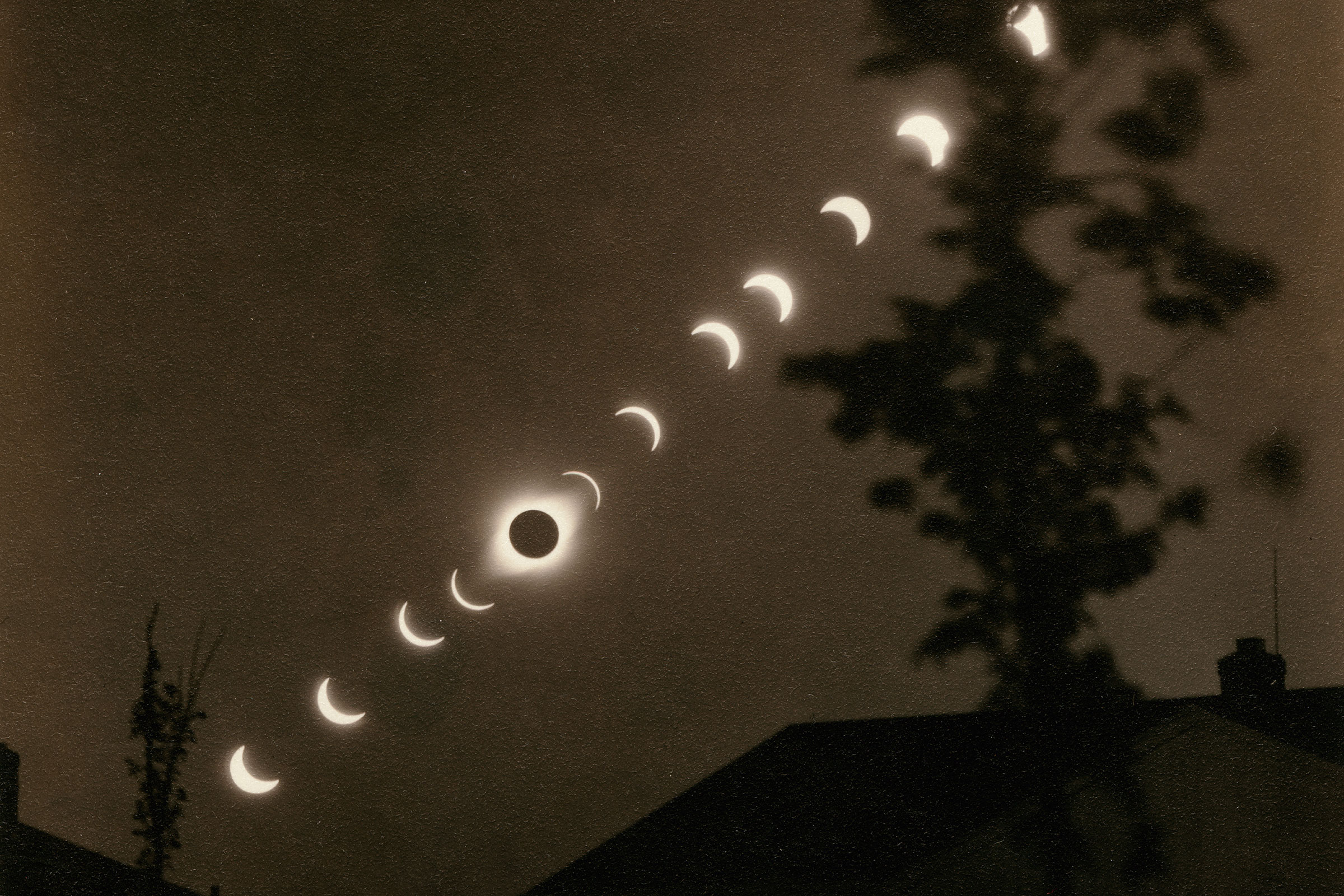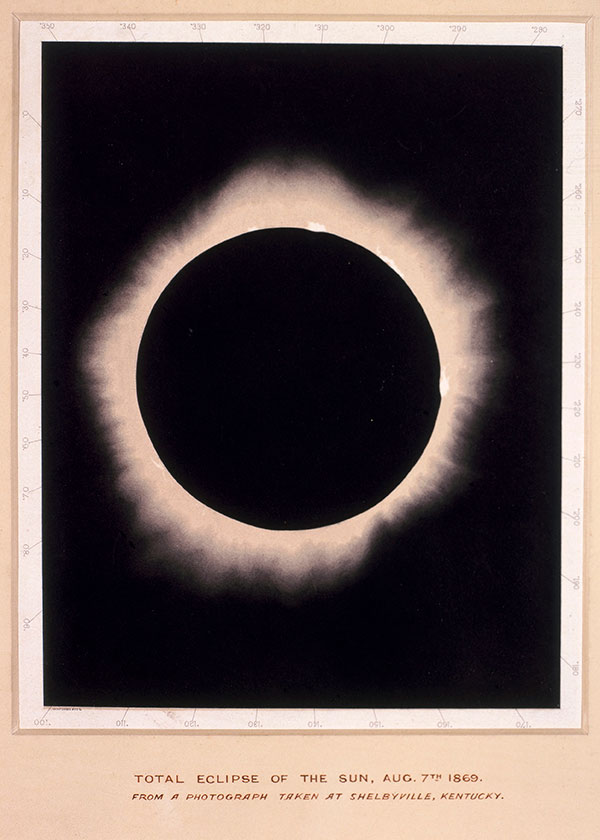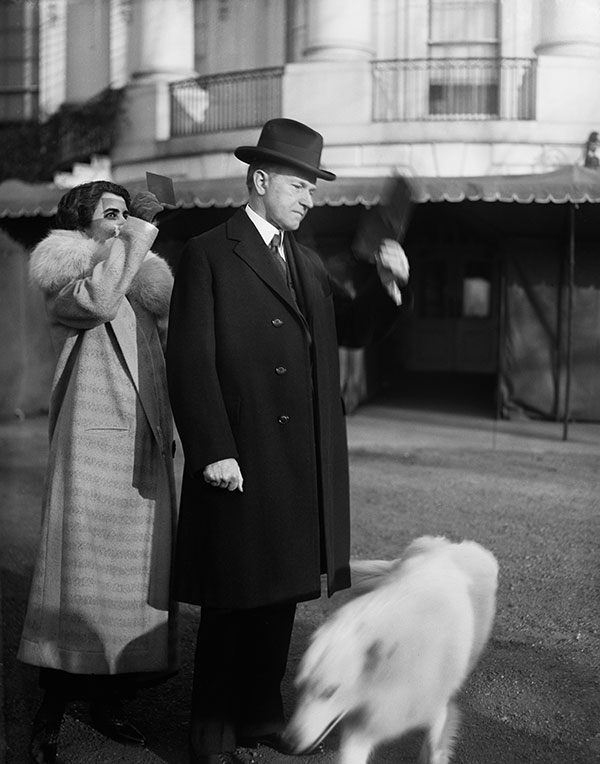
On April 8, many Americans will be able to see a total eclipse—their last chance to view one in the contiguous U.S. until 2044. Throughout history, eclipses prompt an enthusiasm among people that is contagious, according to author David Baron, whose book American Eclipse covers the 1878 eclipse, which led to a new kind of enthusiasm for science in the U.S.. “Excitement about the 1878 eclipse really got America jazzed about science and galvanized us to try to take on Europe as our own scientific power,” Baron says.
Below, TIME looks back at notable eclipses in American history.
October 27, 1780
This eclipse crossed Maine, including territory under British control during the Revolutionary war. Massachusetts governor-elect John Hancock wrote a letter to British forces asking them to briefly put their political differences aside and allow Harvard professor Samuel Williams through the Gulf of Maine to make some observations, writing, “We are political enemies, yet with regard to Science it is presumable we shall not dissent from the practice of all civilized people in promoting it either in conjunction or separately as occasions for it shall happen to offer.”
June 16, 1806
The eclipse could be seen from modern-day Arizona to Massachusetts. Among the Massachusetts observers was U.S. Senator and future President John Quincy Adams, who journaled about the phenomenon from Boston. As he observed changes in wildlife behavior, “The cattle, and poultry discovered the symptoms of Night, and followed their usual habits on its approach—the swallows appeared surprized and flew with that wild irregularity, which is described as betokening the approach of an Earthquake.”

August 7, 1869
This eclipse went from Dakota territory down to North Carolina. Among the scientists who flocked to Iowa to see this eclipse was Maria Mitchell and several of her Vassar students—the only all-female group watching the eclipse. Her sister, the artist Phebe Mitchell Kendall, came along to sketch the eclipse. “The Mississippi assumed a leaden hue; a sickly green spread over the landscape,” she wrote at the time. “The birds uttered a painful cry; fireflies winked in the foliage, and when the last ray of light was extinguished.”
July 29, 1878
In Denver, many businesses closed to view this eclipse, which was visible from the Montana territory to Texas. With hotels booked up, people begged local residents to let them stay in their extra rooms, and at least one man reportedly slept on a pool table. People could pay to go up church steeples, or rent a tent in the Gardens of Gods public park. A Denver sheep herder described the eclipse as “a black carpet sliding over the plains.” At the nearby summit Grays Peak, observers sang “My Country ‘Tis of Thee” and fired revolvers to celebrate. Eclipse glasses were made out of shards of clear glass blackened over a candle.
May 28, 1900
President William McKinley was among the thousands of people in the southeastern U.S.—from Texas to Virginia—who saw the first eclipse visible in America in the 20th century, stationing himself aboard the USS Dolphin in Norfolk. “Twilight settled on land and water and the skies took on wonderful after-sunset tints,” per one Associated Press dispatch that ran in May 29, 1900, newspapers. Weather Bureau scientists nationwide kept their eyes on shadow bands, which NASA defines as “thin wavy lines of alternating light and dark that can be seen moving and undulating in parallel on plain-coloured surfaces immediately before and after a total solar eclipse.”
June 8, 1918
The eclipse was supposed to be visible coast to coast—from Washington State to Florida—but some areas of the country couldn’t see it due to heavy clouds. The New York Sun described the phenomenon as “the wonderfully colored glow of the inner circle with its moving multi-colored shafts of light.” From his perch in Goldendale, Wash., scientist W.W. Campbell wrote in the New York Times that the eclipse was the darkest of the six he’d observed in his career, adding, “Reading would have been difficult under the open sky.” The next time a solar eclipse became viewable from the contiguous U.S. was August 21, 2017.

January 24, 1925
This eclipse was widely seen from New York City, so observers stationed themselves on rooftops along the Hudson River to get a good view, in nine-degree temperatures. The New York Stock Exchange delayed its opening so traders could watch the eclipse. The Feb. 2, 1925, issue of TIME reported that the period of totality occurred five seconds later than predicted and radio transmission was affected. Per a Jan. 25, 1925, New York Times report, a Harlem court saw three men who were arrested being too drunk and rowdy—or as the paper put it, “overdoing a liquid celebration” in anticipation of the eclipse. The judge, upon learning the men were in jail the morning while the eclipse took place, said “I think you have been sufficiently punished. Discharged.”
More Must-Reads From TIME
- The 100 Most Influential People of 2024
- Coco Gauff Is Playing for Herself Now
- Scenes From Pro-Palestinian Encampments Across U.S. Universities
- 6 Compliments That Land Every Time
- If You're Dating Right Now , You're Brave: Column
- The AI That Could Heal a Divided Internet
- Fallout Is a Brilliant Model for the Future of Video Game Adaptations
- Want Weekly Recs on What to Watch, Read, and More? Sign Up for Worth Your Time
Write to Olivia B. Waxman at olivia.waxman@time.com